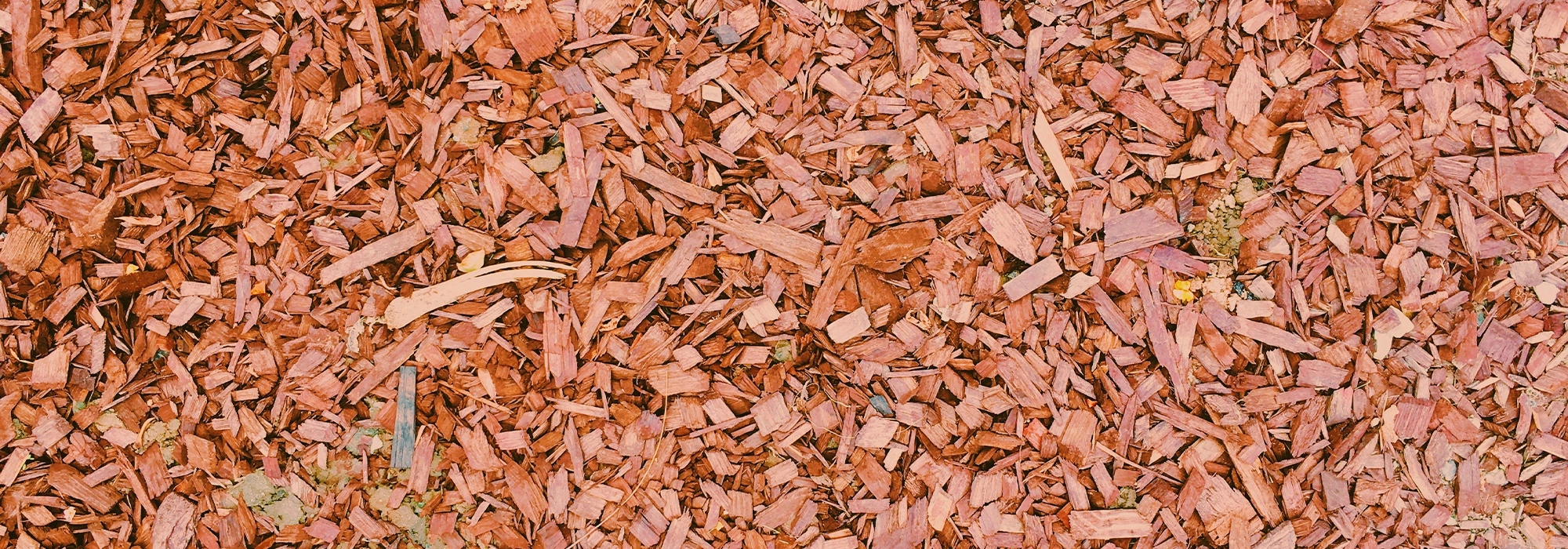Article Links
What Are Wood Chips?
Wood chips are small, uniformly sized pieces of wood produced by chipping or cutting larger pieces of wood. They are commonly produced as a byproduct in sawmills and other wood processing facilities.
Types of Wood That Can Produce Chips
Any type of wood can be used to produce wood chips.
- Softwoods: Douglas fir, hemlock, pine, spruce, and cedar.
- Hardwoods: Oak, maple, birch, walnut, and beech.
Commercial Uses of Wood Chips
Wood chips are highly versatile and are used in various commercial and industrial applications:
- Pulp and Paper Production: One of the most common uses of wood chips is as a raw material in the production of pulp, which is then processed into paper and other cellulose-based products.
- Landscaping and Mulch: Wood chips are often used as mulch in gardens and landscapes to suppress weeds, retain moisture in the soil, and improve soil fertility as they decompose.
- Biomass Fuel: Wood chips are an important source of renewable energy. They can be burned directly in biomass boilers to generate heat or electricity, or processed into pellets for more efficient combustion.
- Playground Surfacing: Due to their cushioning properties, wood chips are commonly used as a safe surface material in playgrounds and parks.
- Erosion Control: Wood chips can be used to control erosion on slopes and embankments by stabilizing the soil and reducing runoff.
Wood Chips from Woods Produced at NFLC
Douglas Fir Wood Chips
Douglas fir chips are usually reddish-brown and have a medium to coarse texture. They are relatively dense and provide good durability.
- Properties: These chips are resistant to decay due to the natural resins in Douglas fir, making them suitable for long-term landscaping applications. They also produce a high-energy yield when used as biomass fuel.
Hemlock Wood Chips
Hemlock chips are lighter in color, typically pale yellow to light brown, and have a finer texture compared to Douglas fir chips.
- Properties: Hemlock chips decompose more quickly than Douglas fir, making them ideal for applications where rapid soil improvement is desired. They are also used in playgrounds and for erosion control due to their softer texture.
Difference Between Wood Chips and Shavings:
- Size and Shape: Wood chips are larger and chunkier than wood shavings, which are thin, curly, and lightweight. Chips are more uniform in size and are typically produced by chipping machines, while shavings are a byproduct of planing or shaping wood.
- Density and Application: Wood chips are denser and more durable, making them better suited for outdoor uses such as mulch or biomass fuel. Shavings, being lighter and softer, are often used for animal bedding or packaging material.
North Fork Lumber Company produces wood chips as a natural byproduct of its sawmilling operations. We process both Douglas fir and hemlock, creating high-quality wood chips used in various industries. Here’s how North Fork Lumber Company utilizes wood chips:
- Pulp and Paper: The company supplies wood chips to pulp mills, where they are used in the production of paper and other cellulose products.
- Landscaping Mulch: North Fork Lumber sells wood chips as mulch for local landscaping projects, offering a sustainable and aesthetically pleasing product for gardens and public spaces.
- Biomass Energy: Some of the wood chips produced by North Fork Lumber are used as biomass fuel, contributing to renewable energy production in the region.
- Erosion Control and Soil Stabilization: The company also provides wood chips for erosion control projects, helping to stabilize soils on slopes and prevent runoff.
Through these practices, North Fork Lumber Co. plays a significant role in promoting sustainable forestry and waste management by turning what might be waste into valuable products.

